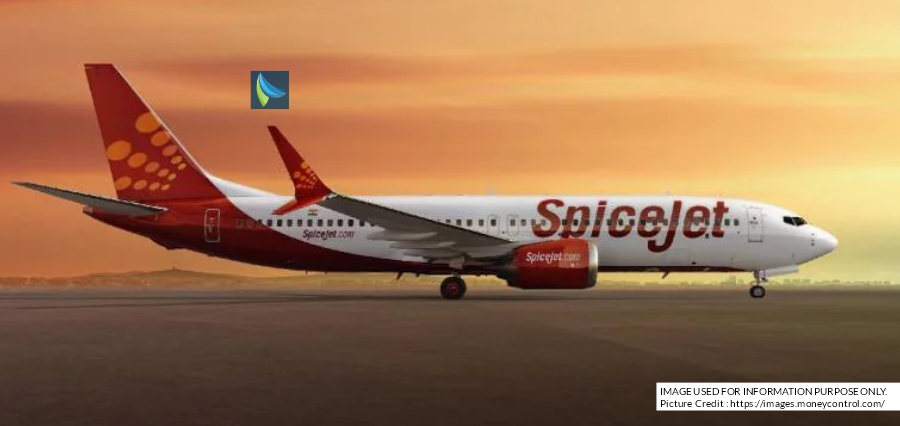SpiceJet is putting in a bid to purchase grounded Go First, but there is much conjecture as to what SpiceJet is really vying for: the planes, the slots, or the staff?
The fact that SpiceJet has over Rs 6,000 crore in debt and hasn’t been able to return to pre-Covid earnings only makes aviation experts more perplexed. Why would it take on additional financial strain to buy a bankrupt airline with multiple financial liabilities?
Resources made several attempts to contact Go First’s resolution specialist Shailendra Ajmera, but the calls were not returned. The newspaper ad that went up in July asking for bids for Go First stated that the airline had over 4,000 employees and made Rs 4,183 crore in revenue in FY22.
“There’s no denying that the pilots and staff have left. The airline needs to pay its aircraft lessors outstanding fees and settle outstanding salaries. The only thing that separates SpiceJet and GoAir is their shared Air Operator Certificate/Permit, according to Shakti Lumba, a former vice president of flight operations at IndiGo.
“In addition, SpiceJet itself has trouble attaining economies of scale and micromanagement. Its real potential hasn’t been realized because of shallow pockets,” he continued.Prior to COVID, SpiceJet’s market share was 14%; now, it is less than 10%.
Go First, which attributed its demise to Pratt & Whitney’s defective engines, owes banks, foreign lessors, and vendors a total of at least Rs 11,463 crore, according to insolvency records. Of this, financial creditors such as the Central Bank of India, Bank of Baroda, IDBI Bank, and Deutsche Bank owe at least Rs 6,521 crore.
In the last three sessions, SpiceJet’s stock has increased by more than 27 percent. SpiceJet promoter Ajay Singh claims, citing sources, that “a combination of SpiceJet and Go First will provide synergy and sustainable business model.” Singh submitted his bid after the deadline for submitting expressions of intent had passed.
SpiceJet stated in December that it would be raising around Rs 2,250 crore through the issuance of new equity shares and convertible warrants. The Street thinks the Go First transaction can be funded with this money.
Consolidation is good news for Indian skies, according to Sanat Kaul, chairman of the International Foundation for Aviation, Aerospace and Drones (India chapter). “The Indian market is enormous. It is time for smaller airlines to get together, grow their fleet, and give IndiGo and Air India a serious run for their money. Quality of service is secondary; it’s just a numbers game,” he stated.
Industry insiders claim that out of SpiceJet’s 66 aircraft, 38 are now in operation and the remaining ones are grounded. Go First had roughly 56 aircraft in its fleet, of which 28 were in use, prior to operations ceasing in May.
The combined fleet size will be above 100, which is little less than that of Air India. In the meanwhile, IndiGo has a fleet that numbers over 350.
“Go First’s market share was a respectable 7-8% prior to its closure. It included decent slots from Delhi and Mumbai as well. With their combined market share, SpiceJet can easily command over 10% of the market, where they now own a 6% share. About Rs 30–40 crore is needed from leasing until takeoff, which includes airport fees and a month’s advance to oil marketing corporations. About 30 flights could easily be put into service for Rs 1,000 crore, according to an analyst with a local brokerage company who spoke on the condition of anonymity.
























